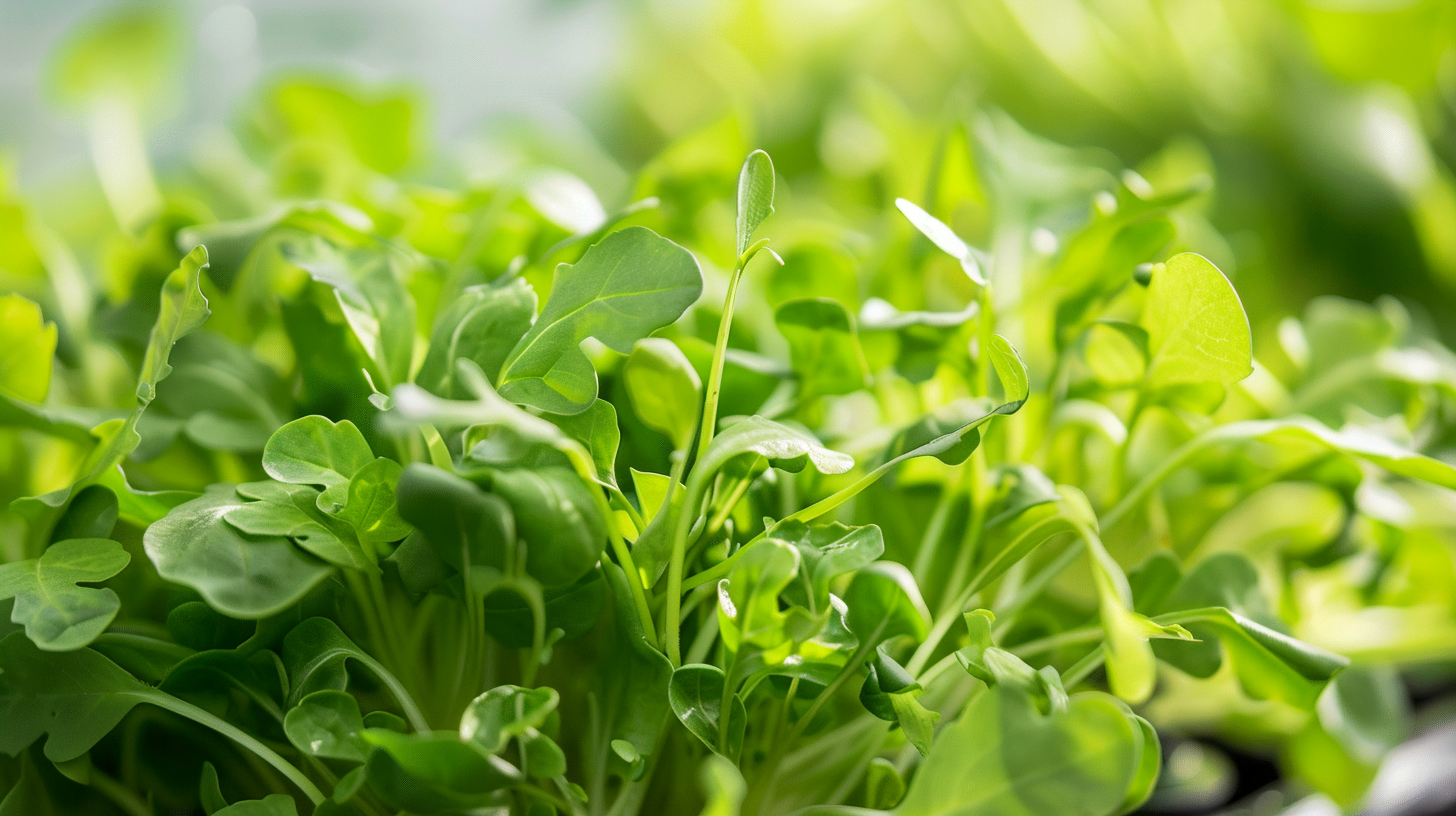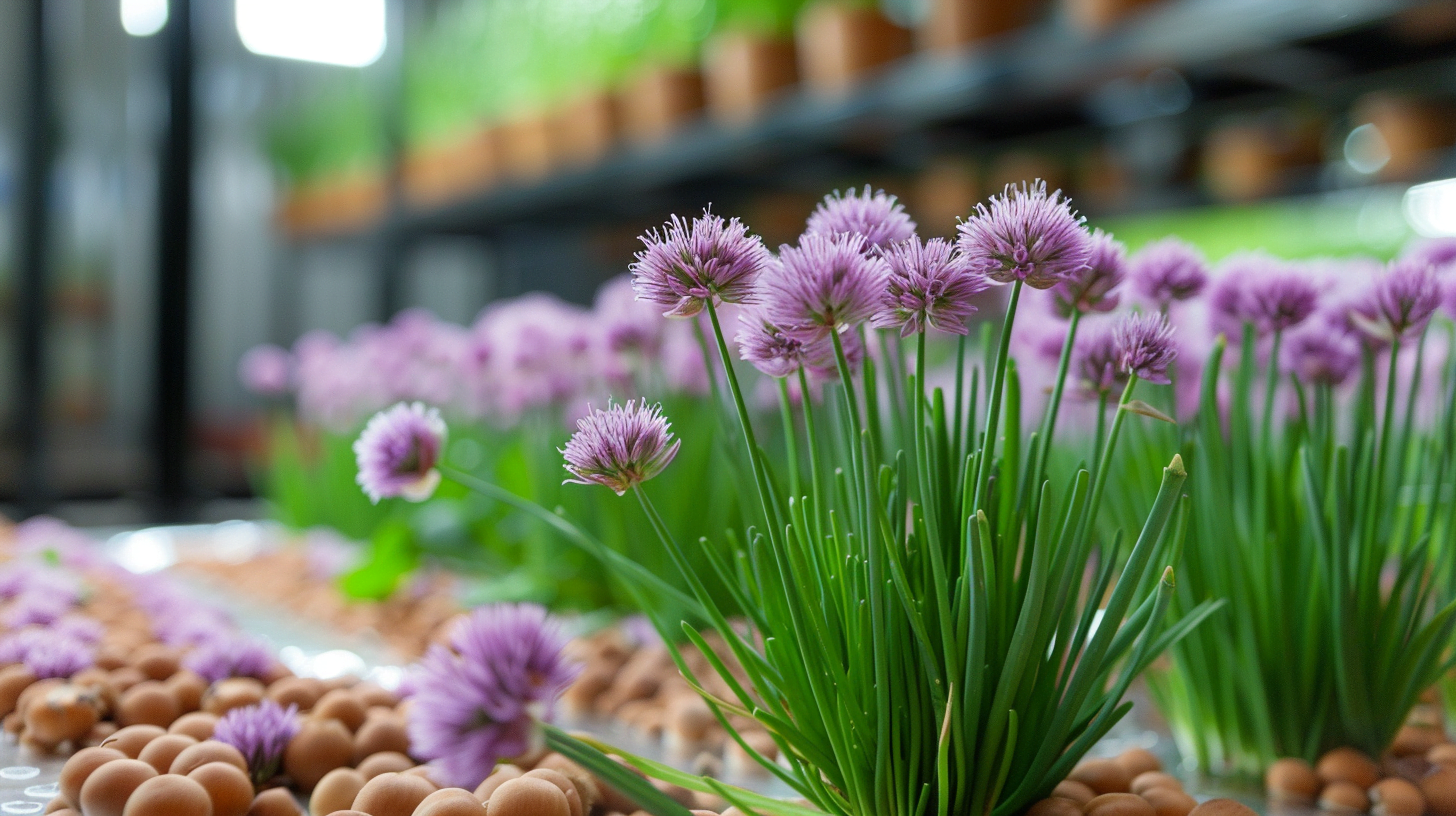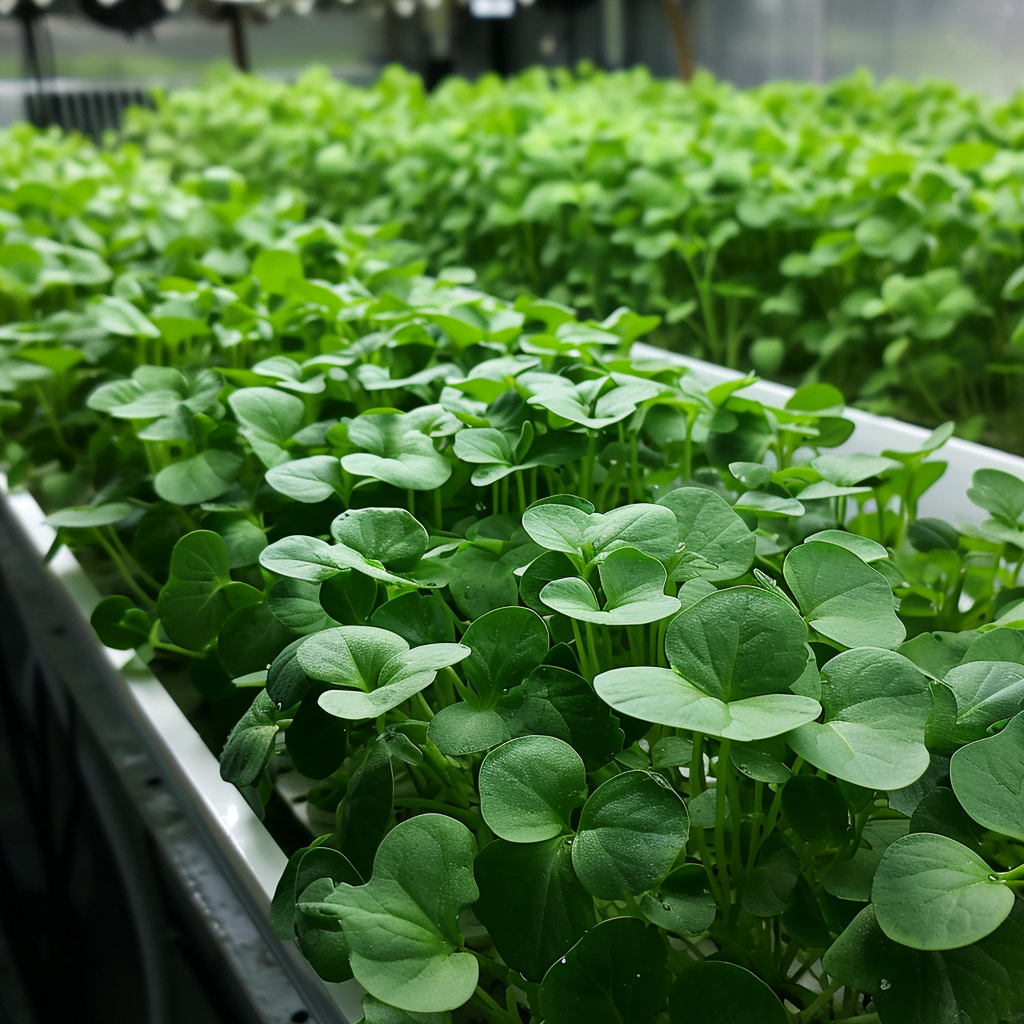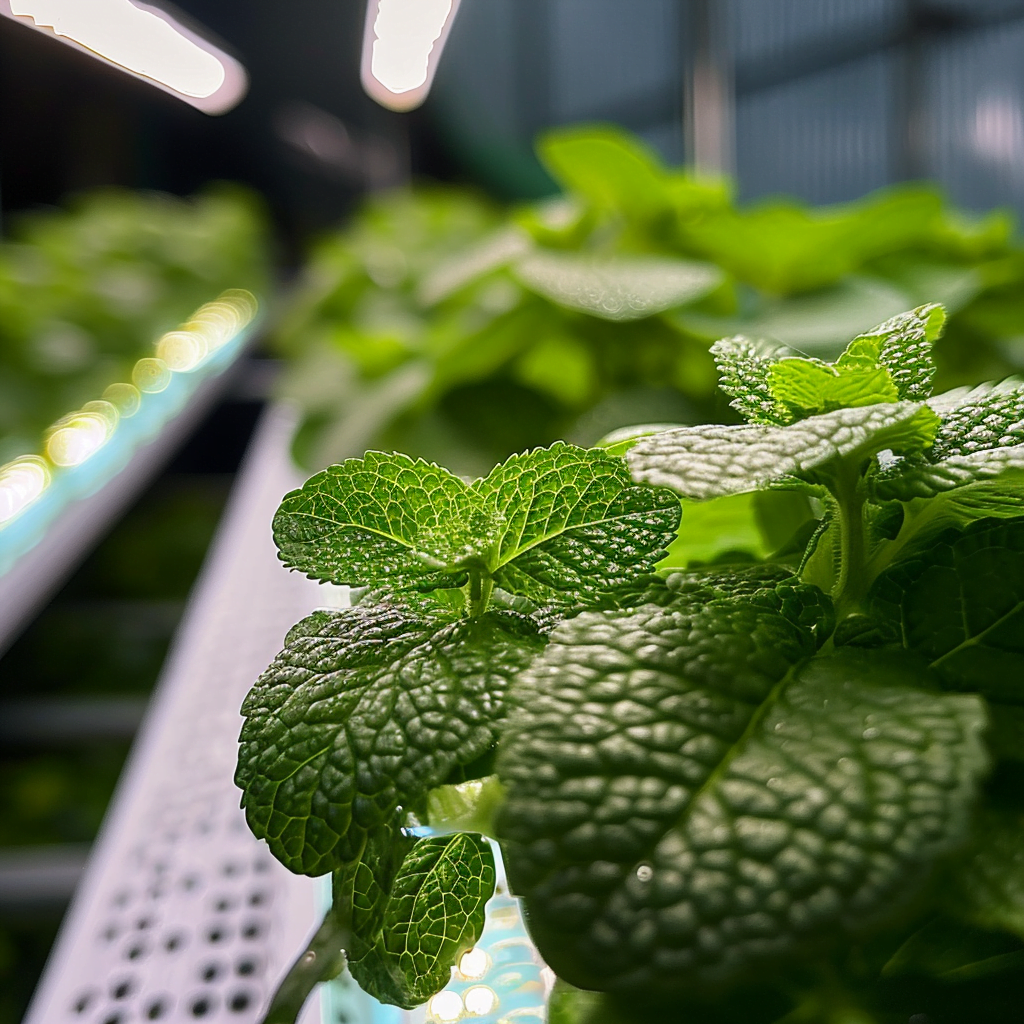Arugula, also known as rocket or roquette, is a tasty and nutritious salad green that adds a signature peppery, mustard-like kick to dishes. With its growing popularity, many home gardeners are interested in finding the best ways to grow abundant arugula. One innovative method is hydroponics – growing plants without soil by suspending roots in nutrient-rich water. So can i grow arugula hydroponically? you might ask.
The answer is a resounding yes! Arugula is well-suited for hydroponic cultivation. With the right setup and care, you can grow fresh arugula easily either indoors or outdoors using hydroponic techniques. This allows you to enjoy steady harvests of delicious, homegrown arugula for salads, sandwiches, pesto and more.
What is Arugula?
- Botanical name: Eruca sativa
- Plant family: Brassicaceae – includes broccoli, kale, cauliflower
- Best temperatures: 45-75°F
- Key features: Fast growing, loves cool weather, spicy edible leaves
- Health benefits: High in vitamin K, folate, flavonoids, glucosinolates
Arugula is a leafy green vegetable belonging to the diverse cabbage or mustard plant family. It thrives best in cool weather and appreciates temperatures between 45-75°F. Under optimal growing conditions, arugula reaches maturity and can be harvested in just 3-4 weeks. The leaves have a characteristic spicy, peppery bite that adds flavorful excitement to salads, pesto, pizza and more. Arugula is packed with vitamins, minerals and beneficial plant compounds known to have antioxidant and anti-cancer effects.
Is Arugula Suitable for Hydroponic Growing?
Arugula is an excellent candidate for hydroponic cultivation for the following reasons:
- Fast growing – Quick maturity time means steady harvests
- Small size – Compact plants are suited for vertical farming
- ** Rapid root development** – Roots grow quickly in nutrient solution
- Higher yields – More arugula per square foot vs soil farming
- Ideal for indoor systems – Thrives under LED grow lights indoors
The fast growth, vigorous roots and compact size of arugula means it can be grown very efficiently in a hydroponic system. You can produce higher yields of arugula per square foot hydroponically compared to traditional soil methods. Arugula also does wonderfully when grown indoors under LED grow lights in a hydroponic setup.
Choosing the Right Hydroponic System for Arugula
There are several types of hydroponic systems that are well-suited for growing arugula:
- NFT (Nutrient Film Technique) – Roots suspended in a thin film of constantly flowing nutrient solution. Simple, efficient system.
- DWC (Deep Water Culture) – Roots submerged in an aerated nutrient reservoir. Bubblers provide oxygen.
- Ebb & Flow (Flood and Drain) – Roots flooded then drained periodically. Trays flood 4-5 times per day.
- Aeroponics – Roots misted with nutrient solution. Very high oxygen levels.
- Media Beds – Use growing media like clay pebbles, perlite, vermiculite, coco coir. Roots remain moist.
The choice depends on your scale and setup. NFT channels, DWC and media beds are common choices for arugula. Make sure the system provides adequate oxygenation.
Creating the Perfect Hydroponic Nutrient Solution
The nutrient solution provides all the water, minerals and nutrients arugula needs to thrive since no soil is used. For robust growth, the solution must contain the optimal levels of macro and micronutrients.
You can use specialized hydroponic plant nutrients or create your own mix. Maintain a solution pH between 5.5-6.5 and EC level of 1.2-1.6 mS/cm. Monitor the reservoir frequently and modify pH and nutrients as needed.

Planting Arugula for Hydroponics
You can begin arugula from seed or purchase plugs or seedlings. Seeds can be started in rockwool, oasis or peat-based starter plugs. Insert plugs into the system once roots are established. Space plants 4-6 inches apart for proper growth and air circulation.
Grow enough plants to justify the setup size and nutrient usage. Smaller systems like a tabletop NFT channel are perfect for steady supplies of homegrown arugula. Larger systems can provide pounds of arugula weekly.
Caring for Hydroponic Arugula
- Lighting – Arugula needs full spectrum light for 12-16 hours daily. Use T5 fluorescents or high quality LED grow lights.
- Oxygenation – Maintain proper water oxygen levels and circulation at all times. Add air stones if needed.
- Pests/Diseases – Check regularly for aphids, leaf miners and powdery mildew. Treat promptly.
- pH & Nutrients – Test the reservoir every 1-2 weeks. Top up water and nutrients as used.
- Harvesting – Begin harvesting outer leaves when they reach 3-5 inches. Tap the stem and leaves will easily detach when ready.
The Benefits of Growing Arugula Hydroponically
- Faster growth and higher yields – Produce more arugula in less time and space vs soil.
- Year round production – Grow indoors under lights for endless harvests.
- Pest and disease resistance – No soil pests. Controlled conditions prevent many diseases.
- Better consistency – Optimal nutrients and conditions result in uniform size, shape and flavor.
- Sustainable use of water and nutrients – Recirculate excess solution in closed systems.
Conclusion
Growing arugula hydroponically allows you to produce abundant harvests of this nutritious green even if you don’t have an optimal outdoor growing space. With an efficient indoor setup and proper care, you can enjoy fresh homegrown arugula year-round. The rapid growth, compact shape, and quickly developing roots of arugula make it an ideal hydroponic plant. Implement the tips in this guide and you’ll be harvesting bowlfuls of delicious peppery arugula in no time!



